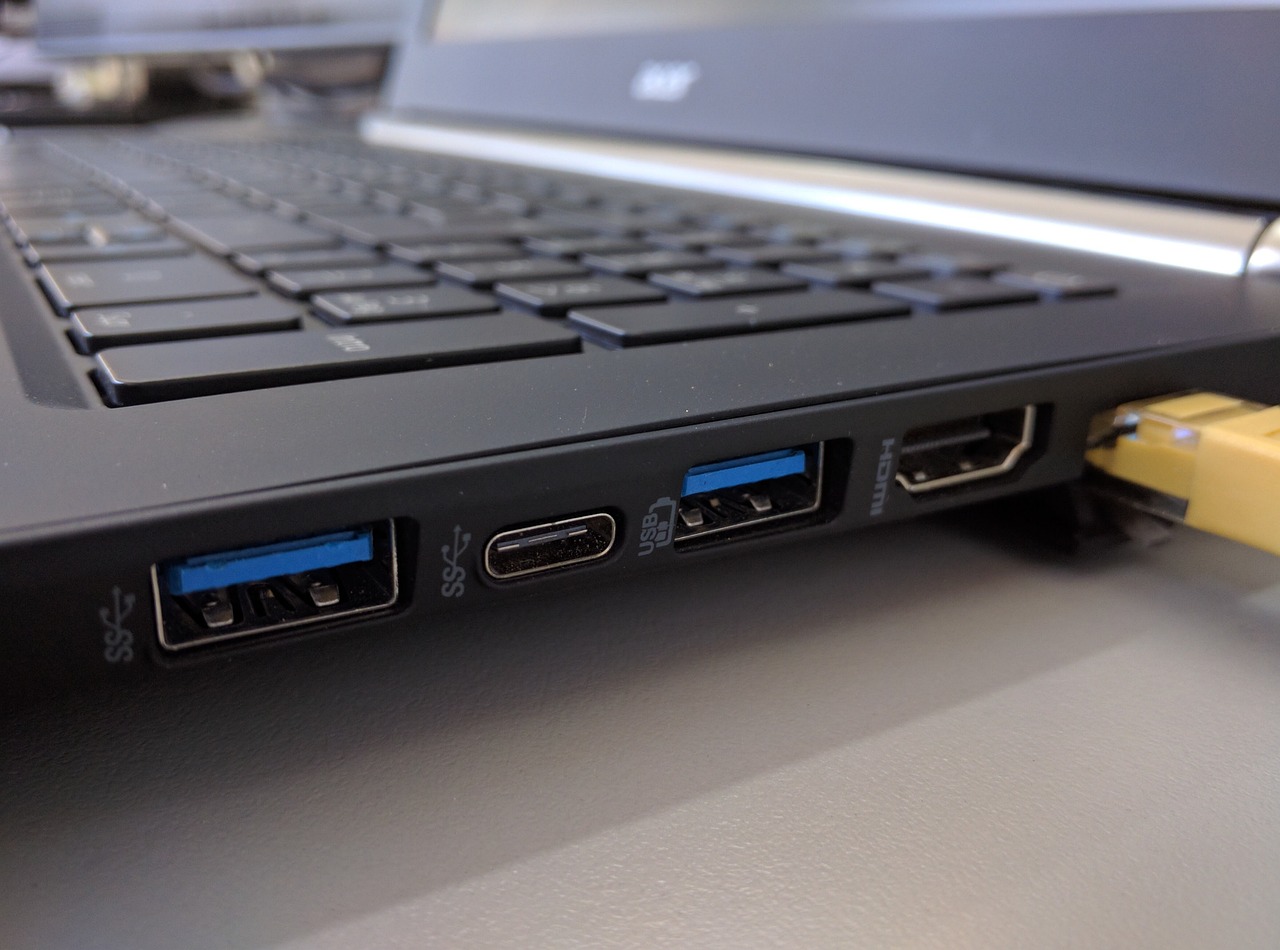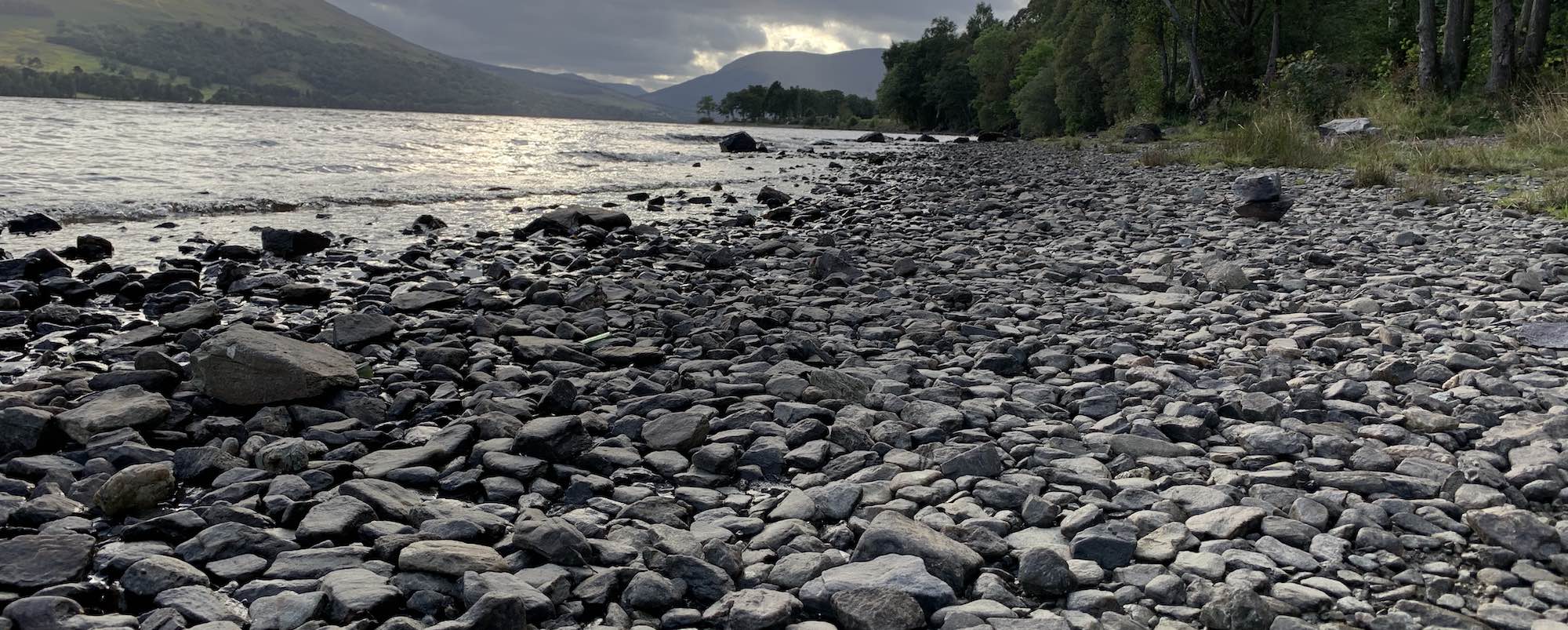Since the middle of my childhood, I have always kept a close eye on computer connectivity and it has always been one of my biggest interests in computers.

Very recently I started to think a bit about what connections are on their last legs in their lifespan - ones that probably will no longer be used in four or five years, and I came up with a list:
- IEEE1394 or FireWire. FireWire is one of my favourite connectors for disks because it is relatively inexpensive compared with what most consider its successor - ThunderBolt. Yet more and more wealthy professionals are moving to Thunderbolt, leaving the consumer market with USB 3.0. USB 3.0 may be faster than FireWire in some situations but push FireWire development further and we could see it back where it used to be - USB's big brother. However, development like this seems incredibly unlikely and FireWire, as great as it was, seems doomed.
- eSATA and SATA. eSATA or external Serial Attached Technological Attachment was an attempt to bring SATA speeds to external devices and remove the bridge that both FireWire and USB required to communicate with such devices. eSATA keeps up with the speed of the core SATA implementation so it's about as fast as its internal connector. eSATA has never kicked off properly though and its only real purpose is to act as an external drive interface. SATA on the other hand is huge at the moment, but like eSATA, in my opinion, doomed. I say this because in the enterprise there is SAS - a much better alternative to SATA and more and more consumer laptops are moving to PCI-Express-based drives and it will likely not be long before those who care for speed move to PCI-Express boards for their desktops too. From this, I do believe that eSATA is doomed and that SATA is a connector that will soon become very low-grade.
- DVI. We've been saying DVI is finished for years and sure on consumer systems it is pretty much gone, but in the business world, it's still there. My first PC to have a DVI connector was in 1999, my last monitor to use DVI ran until 2011. Since then I have moved to DisplayPort for the majority of cases and HDMI also (due to the fact that I run multiple computers from the same monitor and the majority of monitors feature multiple HDMI ports but only a single DisplayPort). Most business systems are built for budget and as part of this include budget monitors featuring only VGA and DVI. Some low-end monitors are starting to appear with DisplayPort (since it is royalty-free it is cheap to include). This new addition may signal an end for DVI in general.
- Optical audio. Optical audio is one of the greatest inventions in the AV industry but the TOSLink connector that we use today is something of a novelty. More and more television sets are dropping this connector since the all-in-one HDMI offers uncompressed PCM 7.1 audio as well as video over one cable. This means smaller packages too, as HDMI is a much smaller connector (internally) and is already included in almost every modern television.
- 3.5mm jack. Phones will likely be the first to get rid of the headphone jack, and ultimately computers will ditch the 3.5mm jack and replace it with USB (as should have been the case several years back).
You may ask what about PS/2. PS/2 being one of the oldest standards in connectivity still in use still has not disappeared from its brethren (the parallel and serial ports). PS/2 probably will not disappear for some time still since, unlike USB, it's relatively cheap to implement and that makes it good for business. For gamers, it's the ability to send an interrupt directly is incredibly fast and unlike USB it does not rely on polling, so it still could remain popular in that market too. VGA is also a long way from being replaced in the server market, particularly in rack mount servers, where there needs to be as much room as possible for disk drives and little need for a powerful GPU.
If you are interested in knowing about the benefits of the old PS/2 standard vs the ugly USB polling system, take a look at this article.



There are no comments on this page.
Comments are welcome and encouraged, including disagreement and critique. However, this is not a space for abuse. Disagreement is welcome; personal attacks, harassment, or hate will be removed instantly. This site reflects personal opinions, not universal truths. If you can’t distinguish between the two, this probably isn’t the place for you. The system temporarily stores IP addresses and browser user agents for the purposes of spam prevention, moderation, and safeguarding. This data is automatically removed after fourteen days.
Comments powered by BalfComment